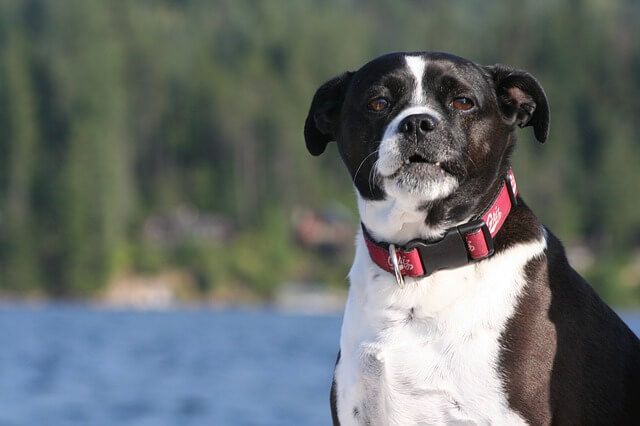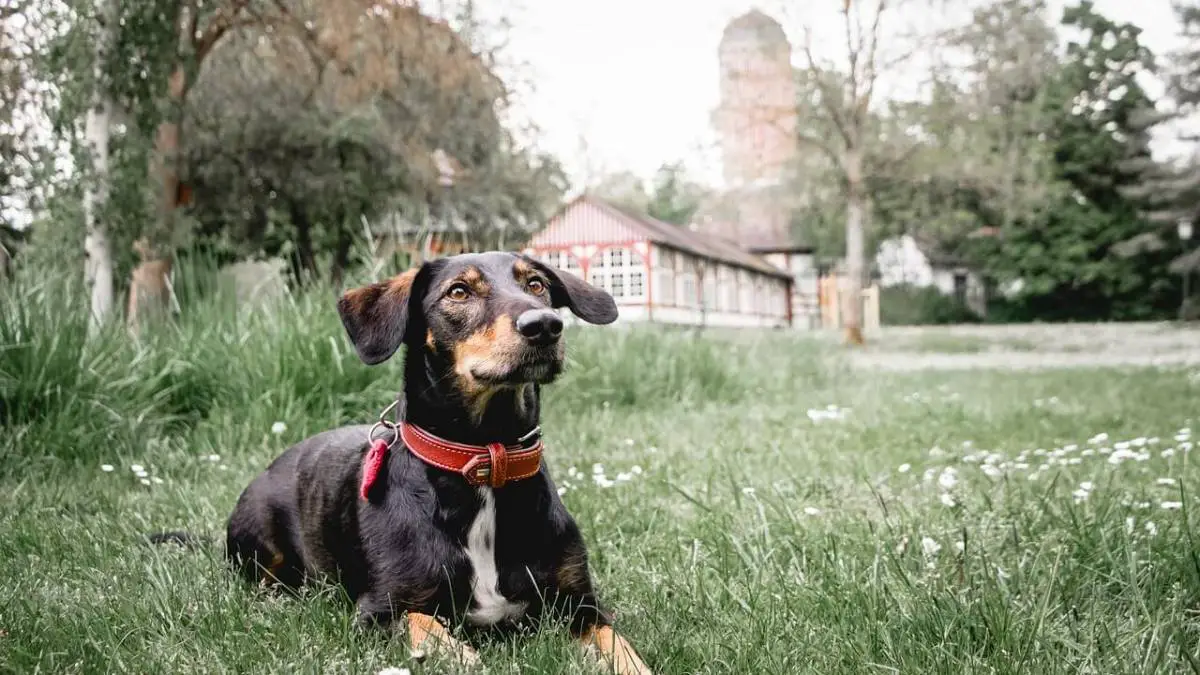Incontinence In Dogs - Signs, Symptoms & Treatment
09.09.2022.
Urinary incontinence in dogs is a fairly common health problem that affects adult and senior dogs in most cases. Urinary incontinence is a medical term when the dog loses control of the bladder and starts passing urine. Your dog could end up with mild or severe incontinence that will cause only small leaks or, in the worst scenario large amount of urine.
You must understand that reason for this is a medical problem that is bothering your dog. We know it can be frustrating if your dog starts to pee inside the house, but you must understand that it is not their fault, and in most cases, they will not even know it is happening.
You will have to understand the correct reason why this is happening to help your dog.
What causes urinary incontinence in dogs?
As we mentioned earlier, urinary incontinence in dogs will happen because of medical reasons. Usually, it will occur in senior dogs, but don't be surprised if your adult dog show signs of incontinence.
These are the leading causes of urinary incontinence in dogs:
- UTI- urinary tract infection
- Bladder stones
- Weak bladder
- Spinal injury
- Prostate problems
- Diabetes
- Cushing's disease
- Kidney failure
- Medications
- Hormone changes

RELATED: Why Does My Dog Keeps Peeing In House? Here Are 7 Possible Reasons
Symptoms of urinary incontinence in dogs
Dogs can pee inside of the house for many different reasons, and not all will indicate incontinence. If you notice your dog's urine in the house, firstly, you will have to understand why your dog does it. Did he do it on purpose, or does he even know he passed urine?
The best method to distinguish incontinence from other types of peeing is if the urine is dripping. This will indicate that dog is not able to hold it and that he doesn't even know what is happening.
As with all other medical problems, early detection of urinary incontinence can prevent your dog from having more severe complications and health problems.
When you first notice urine, you will have to gather some other information that will help your vet with a diagnosis.
Here is what you will have to do:
- Watch for any other symptoms or changes in behavior
- Location of the urine
- Amount of urine found
- Does your dog started to drink more water
- Does your dog need to go outside more frequently
- Does your dog show signs of pain while urinating
Answers to these questions can help your vet a lot when he needs to set a diagnosis and create the right treatment for your dog.

RELATED: Why Is My Dog Licking Other Dog's Pee? Is it Dangerous?
Are there any dogs that are predisposed to have urinary incontinence?
Generally speaking, all dogs can suffer from urinary incontinence, but some have a higher probability of this happening.
1. Senior dogs
It is natural to think that older dogs will have many more health problems as they age. Urinary incontinence is one of them since urethral muscles are not so strong anymore and cannot hold urine well. For some dogs, this condition can start before they enter senior age.
2. Female dogs
If you own a sterilized female dog, there is a higher possibility that she will develop urinary incontinence. This will be caused by lower levels of estrogen, which will happen because females will lose muscles in the urethra, which will cause incontinence.
3. Some dog breeds
Veterinarians have reported that some dog breeds have a higher chance of developing this medical condition, and they are:
- Dobermans
- German Shepherds
- Boxers
- Collies
- Weimaraners
- Rottweilers

RELATED: Home Remedies for UTI in Dogs
Incontinence in dogs diagnosis
For the vet to correctly diagnose what is causing incontinence for your dog, he will need to run a few tests. Of course, he will first do a physical exam. After that, he may require another test that will give him more information about the health state of your dog.
Health tests that your vet could perform are:
- Urinalysis – this test can show bladder infection
- Ultrasound – with this test, your vet can rule out urinary stones
- Blood tests – will show other health problems such as diabetes and Cushing's disease
- Urine culture – helps identify bacteria that may be causing UTI
- Radiography – will show the existence of any tumor growth
Of course, depending on your dog's case and the severity of symptoms, your vet could also perform some other testing.
What is a treatment for incontinence in dogs?
To set the correct treatment, your vet will first need to find the leading cause of why this is happening. For a complete treatment, your dog could be given medications, and in some cases, surgery will need to be done.
It will all depend on the main medical problem that is bothering your dog. Your vet will prescribe your dog antibiotics for UTI to clear this infection. Bladder stones can be treated by changes in diet and certain medications. If your dog has a weak bladder, your vet will prescribe him some medications for starters, but surgery may be required.
What is the difference between urinary incontinence and bladder infection?
Although they may seem the same, these two medical problems are different. Bladder infection will cause your dog to urinate more, but he will be aware that he will need to do his business, while in urinary incontinence, your dog will not realize that he is urinating.
How can you prevent your dog from urinating in the house?
To altogether remove the medical problem that is bothering your dog, you will need vets' help. However, there are some things you can do to ensure that you don't find urine on every corner of your house.
If your dog has urinary incontinence, you can:
- Take your dog on more frequent and more prolonged walks
- Buy pee pads for your house
- Get doggy diapers for your dog
These things will help keep your dog comfortable and prevent mess in your home.
World Dog Finder team







Share